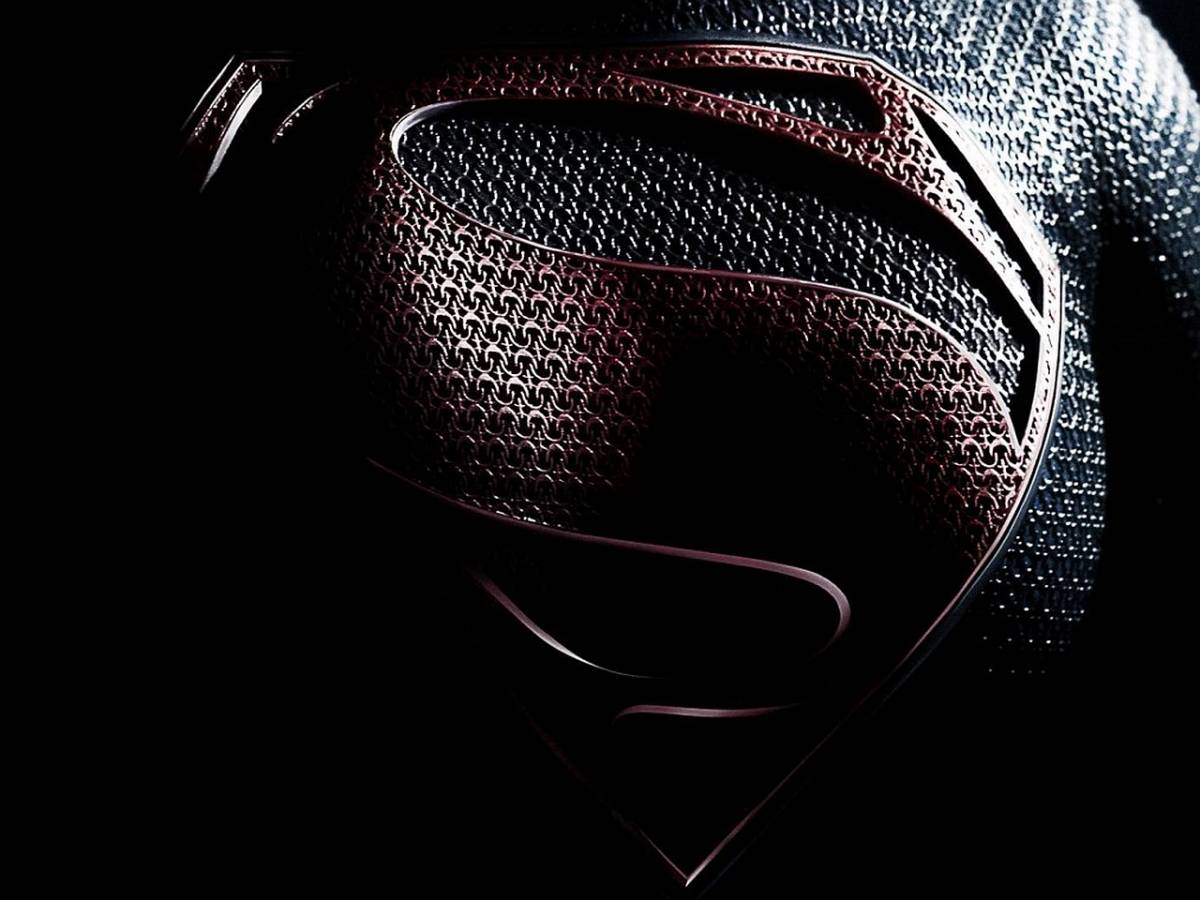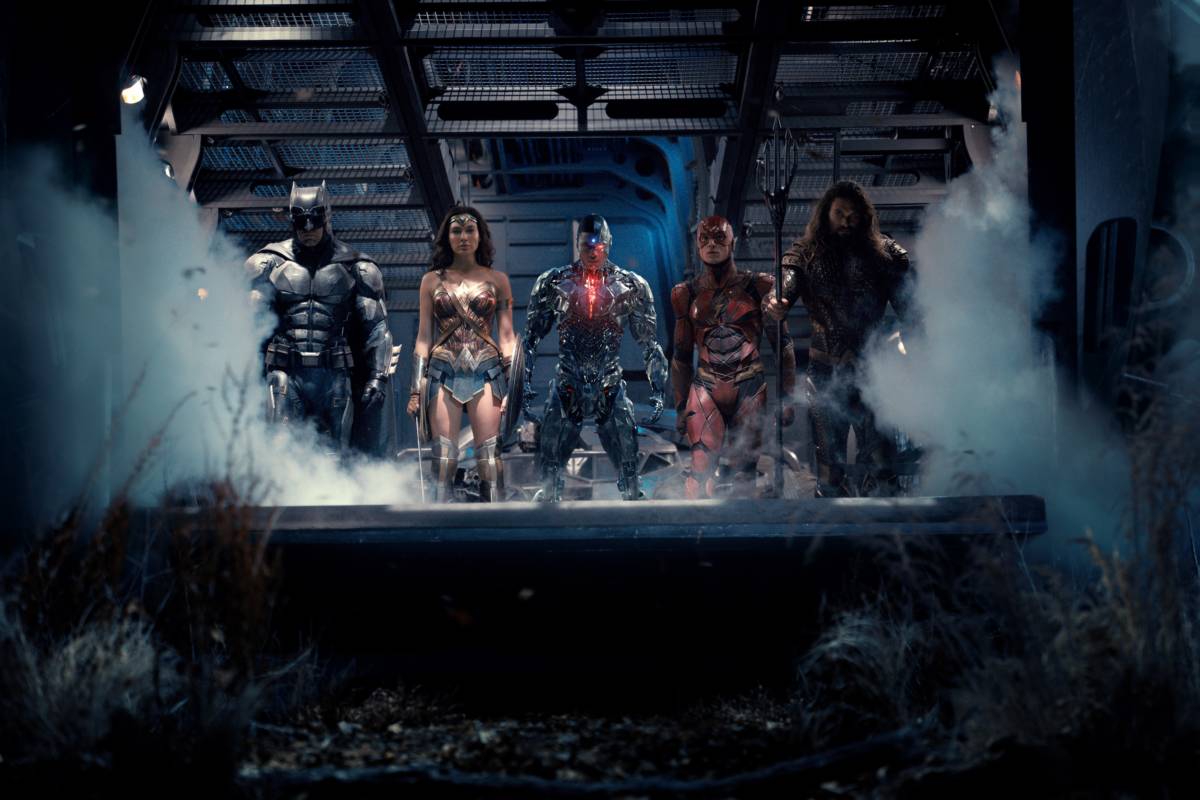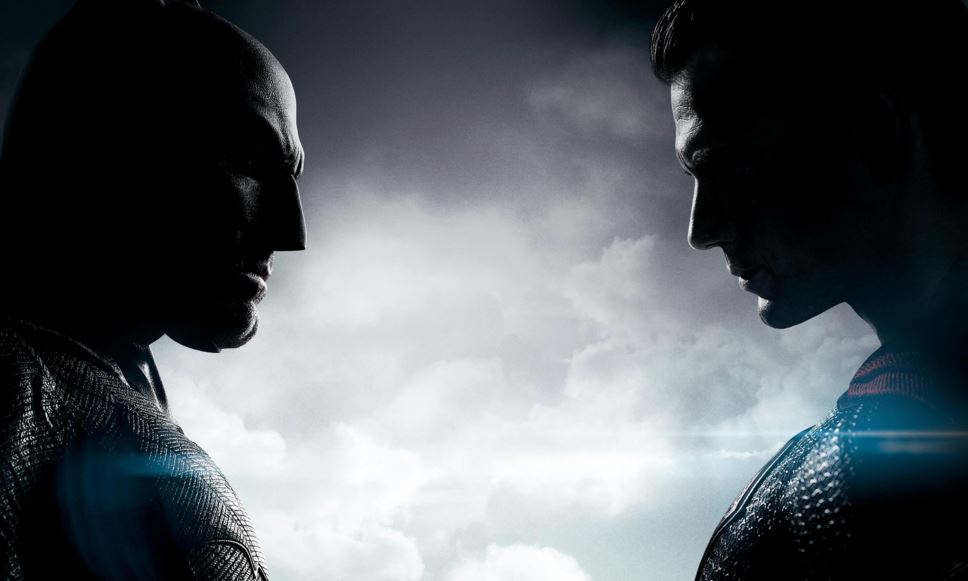While Wonder Woman hit cinemas last year to near universal acclaim, many saw it as one single bright spot amongst a series of bad films. Man of Steel was seen as a dour take on the character of Superman. Its follow-up, Dawn of Justice is continuously ridiculed for being convoluted, overly dark and a terrible way to kick off a cinematic universe. Suicide Squad, while sporting some A-List stars, was also seen as a messy, cinematic blunder. And DC’s most recent film, Justice League, left many wanting so much more from the team-up of the world’s greatest superheroes.
The series has often been compared unfavourably to Marvel’s own cinematic universe, which, now twenty films strong, has had far more hits than misses.
But upon reflection, is DC’s cinematic universe really that bad?
Initially conceived as the start of a new Superman series, DC’s Cinematic Universe was brought to life in 2013 with Man of Steel. Although the film was mostly a standalone piece, and seemingly had little concern for setting up a wider expanded universe, it did contain a few easter eggs for other heroes such as Batman, Booster Gold and Green Lantern. The film debuted to mixed reviews, but there were a lot of things it did right.

While controversial amongst fans for delivering a rather bleak universe that contrasted heavily with what one might expect from Superman, the film did its fair share of world building, giving us a spectacular depiction of Krypton, and forging technology, flora and fauna vastly different from what we’d seen before. On this glorious new Krypton, we were also treated to fantastic performances from Russell Crowe and Michael Shannon, the latter of whom is perhaps unfairly forgotten about when people look back on the best cinematic supervillains from the past decade or so. Shannon’s Zod was a rich character; a competent and dangerous foe for Superman who had lasting effects on the universe going forward – which is more than you can say for the majority of Marvel’s villains (Phase Three villains obviously not included).
Unlike his peers, Doomsday, Incubus, Ares and Steppenwolf, he was filled with character, and avoided DC’s unfortunate habit of having their heroes face off against a hulking CGI monstrosity. Really, when you think about it, Zod should be a stand-out in DC’s Cinematic Universe, but unfortunately, he’s often just remembered for the way he met his end – which, in itself, was an important and formative moment for Superman.
Not only were the Kryptonians a highlight, but so too was the world they entered. Say what you will about the DC films, but they weren’t afraid to be different. While it’s common for heroes like Spider-Man or Batman to scuffle with the police, it’s not all that often we see how a hero can affect and change the whole world – this would be important moving forward.
Following up on Man of Steel was of course Batman v Superman, the point where this franchise truly stopped being a Superman series and evolved into the beginnings of a cinematic universe. It was met with a lot of outrage, and if you were to ask me for my own thoughts on the film some years ago, I would have told you that I wasn’t a fan. At all.
Despite that, I have since learned to see the good in it.
Though not as beautifully shot as its predecessor, Dawn of Justice showed other strengths. Unlike many superhero films at the time, it continued to deal with the consequences of super-powered conflicts, and also delivered one of the best cinematic Batmen to date. Yes, Ben Affleck’s casting was controversial, but in Batman v Superman he managed to give us both a great Bruce Wayne and a great Batman (if you ignore the various murders he commits, that is). Affleck’s Batman wasn’t just another rubber suited rich kid bouncing between rooftops. He was an expert fighter who actually looked like he could strike fear into the hearts of criminals. Affleck’s Batman also carried with him a dark past that intrigued many – how exactly did he lose his way? What happened with Robin? What villains has he locked up in Arkham Asylum?
While his growing conflict with Superman may not have captured the hearts of audiences as much as the titanic duel between Captain America and Iron Man in Civil War, Dawn of Justice further established this series as a universe in which creators could take a more thoughtful look at the idea of superheroes. Whether you’re for or against Zack Snyder’s handling of this universe, you can’t deny that his take gave us a refreshing break from the more formulaic Marvel movies (and I say that as someone who loves the Marvel movies, for the most part).
And although all the dream sequences, flash-forwards and flashbacks felt out of place in the movie, they did hint at a grand operatic vision that could have seen the Justice League embroiled in a war against Darkseid (Steppenwolf’s unseen boss) that would have unfurled across universes. At the very least, it was intriguing, if poorly executed.
After Dawn of Justice, audiences believed that Suicide Squad would redeem the universe. Admittedly, when Suicide Squad first came out, I thought it was a fun, if flawed, ride. Rewatching it two years on, I can’t stand by that assessment, and – I’ll be honest with you here – I think it’s easily the worst film in the series and pretty indefensible by a large margin. But we’ll give it a shot anyway. After all, it did win an Oscar.
In fairness to Suicide Squad, the look of the main characters is pretty solid. It’s just that everything outside of the core Squad lets the film down. Hampered by dull, uninspired writing, bland supporting characters and a generally poor design (again, outside of the main Squad), the film is pretty awful. It did, however, manage to introduce some much needed fantastical elements into an otherwise serious and realistic take on the superhero genre, where previously, characters like – well, pretty much everyone outside of Batman and this version of Superman that the universe was built around – would feel rather out of place. Plus, the Batman and Flash cameos were fun, as seen in the somewhat enjoyable montage of how the various villains ended up in Belle Reeve Penitentiary.
The film’s biggest success, however, was showing us that Jai Courtney could be an enjoyable presence in a movie. For that alone, we should forgive the film for its many, many flaws.
Moving past Wonder Woman due to its aforementioned favourable reviews, we find ourselves at the end of Zack Snyder’s pseudo-Superman trilogy – the most recent film to come out of DC’s Cinematic Universe – Justice League.
This one received a lot of hate, for a lot of reasons, but personally, I think it’s a pretty fun ride.
Consider for a moment, if you will, the road that lead us here. We had Man of Steel; a beautifully shot film with a take on Superman that some didn’t agree with. Then we had one of the most hated superhero films of all time in Batman v Superman. During production of Justice League, the director had to step away for tragic reasons and much of the film was reshot, with that whole situation with Superman actor Henry Cavill’s mustache thrown in for good measure.
The fact that this film isn’t a flaming pile of garbage (I know some might argue that it is but stay with me here) is a victory in and of itself.
And furthermore, what it does present could be seen as a true success, if you look at what it set out to do. In one movie, we’re introduced to Aquaman, the Flash and Cyborg. By the end of the movie, we understand each of them – their origins, their drives and the paths that they’re about to set off down. We know Barry Allen will one day become a forensic scientist and try to exonerate his father. We know Aquaman is destined to retake the throne of Atlantis. And we know that Cyborg is only just starting to touch upon the insane amount of potential found within his new body.
You could argue, contrary to that, that while the heroes were all well and good, the villain really let the film down. But in a film with this purpose, was anyone really watching for the villain? No. People went to see Justice League to see the Justice League.
Batman, Superman, Wonder Woman, Flash, Aquaman, Cyborg, and even a Green Lantern cameo. The film built a solid platform from which a universe could really flourish, and it stopped taking itself so seriously, giving us characters that we could actually like and understand, rather than characters we should like but can’t quite seem to. Now, moving forward, we can take these loveable heroes and place them in the path of a more complex villain, who, with the heroes established, can take up more screen-time to be fully fleshed out in future installments.
With all that in mind, the first five films in DC’s cinematic universe generally run the gamut between ‘okay’ and ‘great’, with Suicide Squad being the only film that is objectively bad. And if you were to compare that to the first five Marvel Cinematic Universe films (Iron Man 1 and 2, The Incredible Hulk, Thor and The First Avenger), you’d realise that that’s hardly a cause for concern, and if things are done well going forward (as Shazam! and Aquaman seem to suggest), we could have another monolithic franchise on our hands.
Some of the coverage you find on Cultured Vultures contains affiliate links, which provide us with small commissions based on purchases made from visiting our site.




